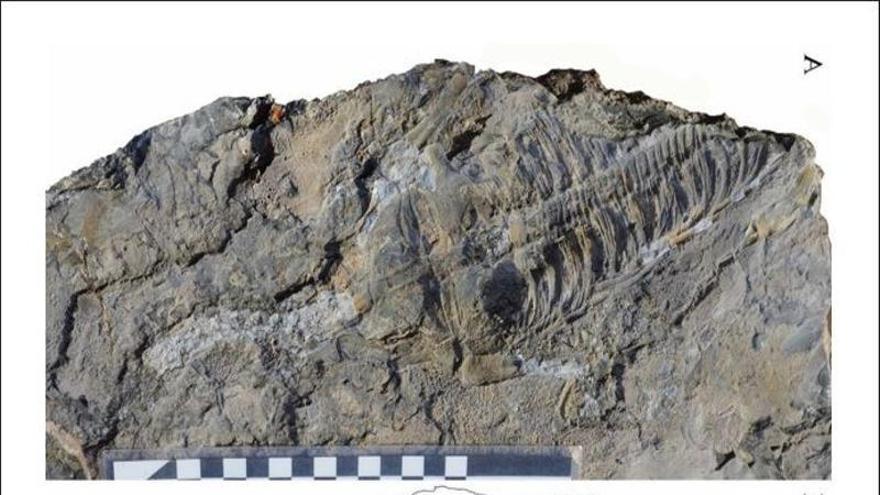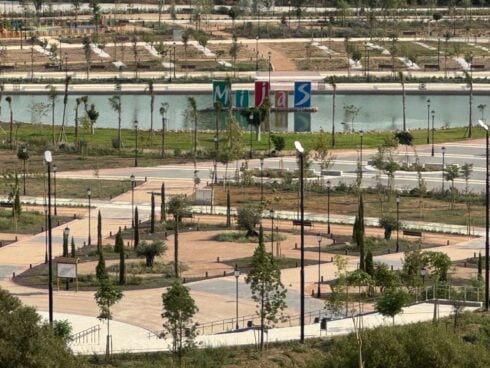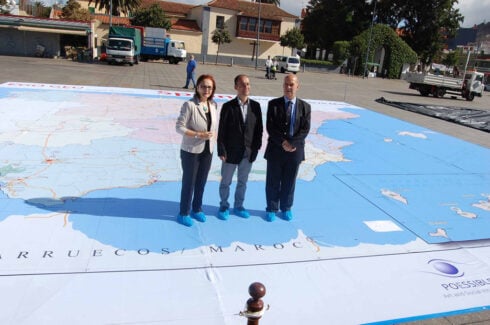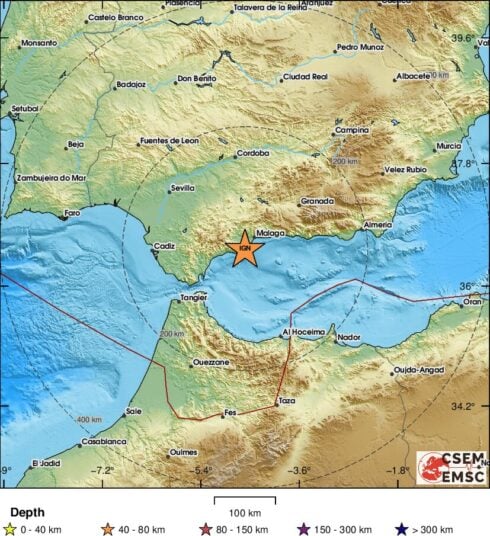RESEARCHERS say the fossil of a 200 million year-old marine reptile spotted in a rock wall in the Murcia region town of Cehegin a few years ago is linked to similar discoveries in the Swiss Alps.
The team consisting of archaeological experts from universities in Alcala, Alicante, and Jaen, as well as institutes and museums in Cehegin, say it is the oldest and most complete example of a Triassic marine reptile to be found in south-eastern Spain.
Alicante University’s Juan Alberto Perez-Valera said: “The animal measured just over 40 centimetres and appears articulated with the bones in anatomical connection.”
“It would have an appearance similar to a lizard of today, although in reality it was not really a lizard, but belonged to a lineage of marine reptiles that adapted to the aquatic environment early, at a time before dinosaurs started to appear,” he added.
The findings, published in the palaeontology magazine ‘Lethaia’, provides an insight into the fossil’s links with other areas of what is now known as Europe.
The Cehegín reptile- belonging to the Eosauropterygia order- is comparable to some remains found on Monte San Giorgio, in the Swiss Alps- close to the border with Italy.
“This shows for the first time, a possible connection between the regions of Central-Europe and northern Italy and south-eastern Iberia all those years ago via marine corridors, which favoured the distribution and dispersion of organisms, such as this species of reptile,” said Perez-Valera.
Click here to read more Murcia News from The Olive Press.








